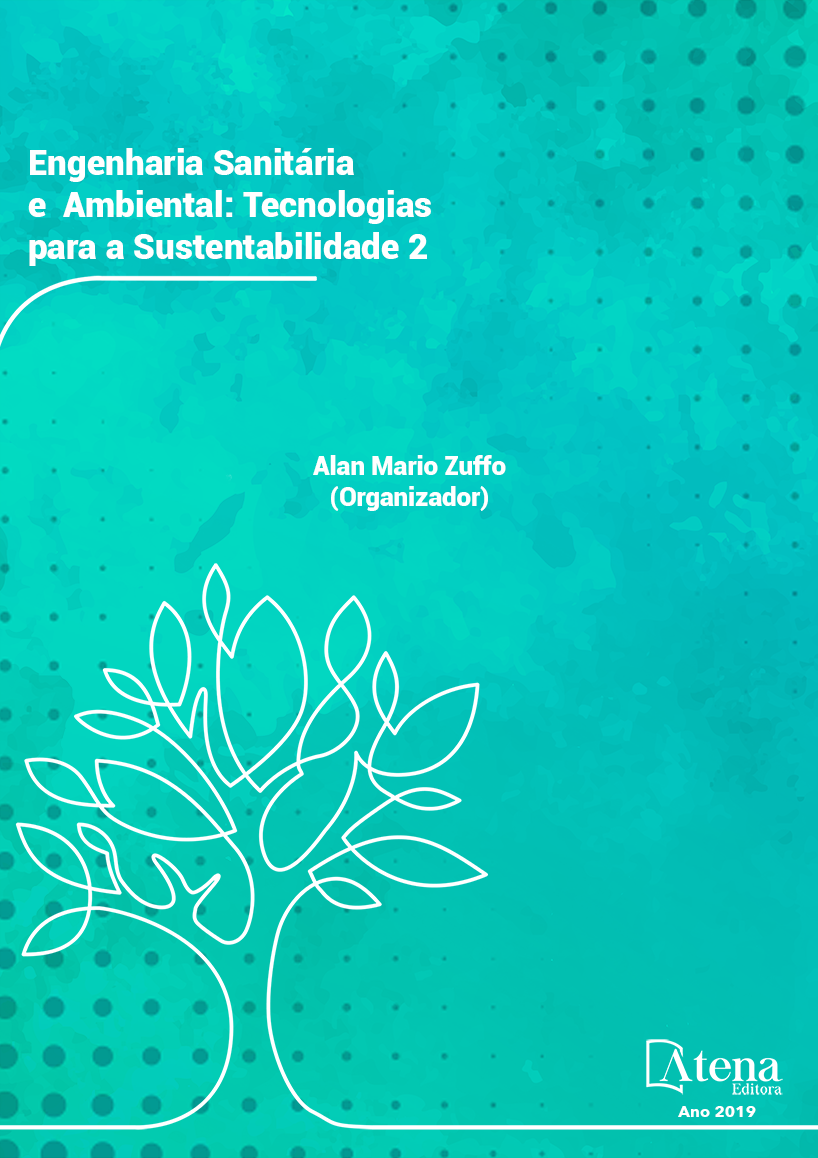
ANÁLISE DA DEGRADAÇÃO DOS MANGUEZAIS NA CAPITAL SERGIPANA
No decorrer de muitos anos não
se deu a devida importância aos manguezais
da capital de Sergipe, ocasionando em sua
degradação. A crescente urbanização de
Aracaju afetou de forma gradativa a destruição
dessas áreas, comprometendo desse modo a
preservação e conservação desse ecossistema.
Os principais fatores que causaram e ainda
vem causando essas alterações são: aterros
para expansão das cidades, desmatamento,
deposição de lixo, assoreamento e lançamento
de efluentes. Esses fatores também interferem
no ciclo de vida das espécies características
desse ambiente, atingindo também as áreas
de restingas, devido ao fato dos dois biomas
estarem próximos. Desse modo, o objetivo deste
projeto foi mapear as áreas remanescentes
e degradadas de manguezais e analisar as
áreas remanescentes para que fosse possível
comparar a diferença entre às áreas degradadas
e não degradadas. Isso foi possível devido
a utilização de técnicas de sensoriamento
remoto e levantamento cartográfico das áreas
de manguezais. Os resultados das edições
vetoriais dessas áreas permitiram observar
a taxa de degradação do ecossistema na
capital, devido à forte influência do crescimento
urbano, pois a maior área de degradação foi
diagnosticada na sede municipal da cidade, e
a ausência de fiscalização do estado e projetos
para conscientização da população.
ANÁLISE DA DEGRADAÇÃO DOS MANGUEZAIS NA CAPITAL SERGIPANA
-
DOI: 10.22533/at.ed.5001911044
-
Palavras-chave: Manguezal remanescente. Degradação ambiental. Sensoriamento remoto.
-
Keywords: Remaining Mangrove. Ambiental degradation. Remote sensing.
-
Abstract:
In the course of many years the
mangroves of the capital of Sergipe were not
given due importance, causing in its degradation.
The increasing urbanization of Aracaju has
gradually affected the destruction of these
areas, thereby compromising the preservation
and conservation of this ecosystem. The
main factors that caused and are still causing
these changes are: landfills for city expansion,
deforestation, waste disposal, silting and
effluent disposal. These factors also interfere in
the life cycle of the species characteristic of this
environment, reaching also the restingas areas, due to the fact that the two biomes are
close. Thus, the objective of this project was to map the remaining and degraded areas
of mangroves and analyze the remaining areas so that it was possible to compare the
difference between degraded and undegraded areas. This was possible due to the
use of remote sensing techniques and mapping of the mangrove areas. The results of
the vector editions of these areas allowed us to observe the rate of degradation of the
ecosystem in the capital due to the strong influence of urban growth, since the largest
area of degradation was diagnosed in the city’s municipal headquarters, and the lack
of state inspection and awareness of the population.
-
Número de páginas: 15
- Fabrícia Vieira
- Vanessa Guirra Almeida
- Paulo Sérgio de Rezende Nascimento


